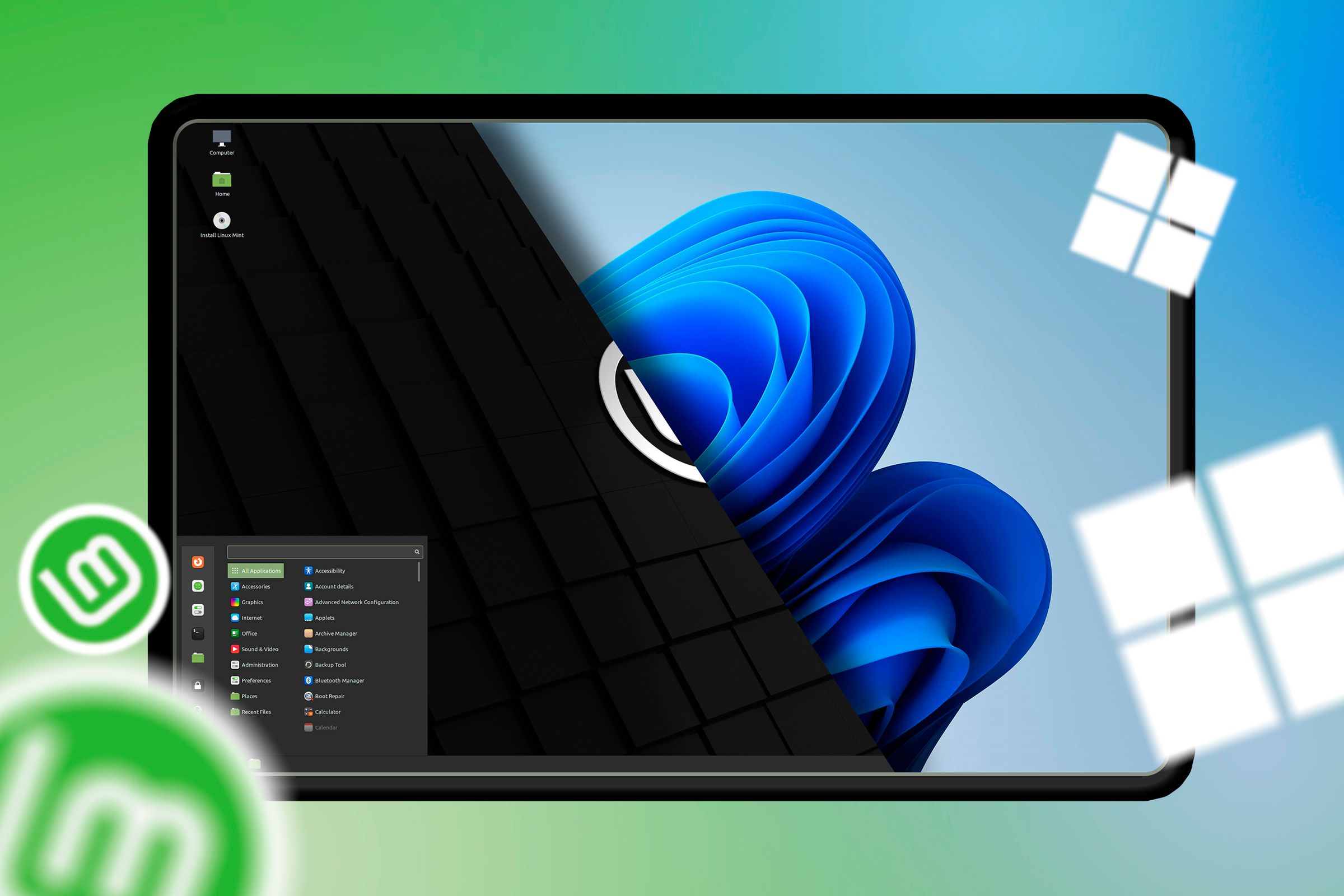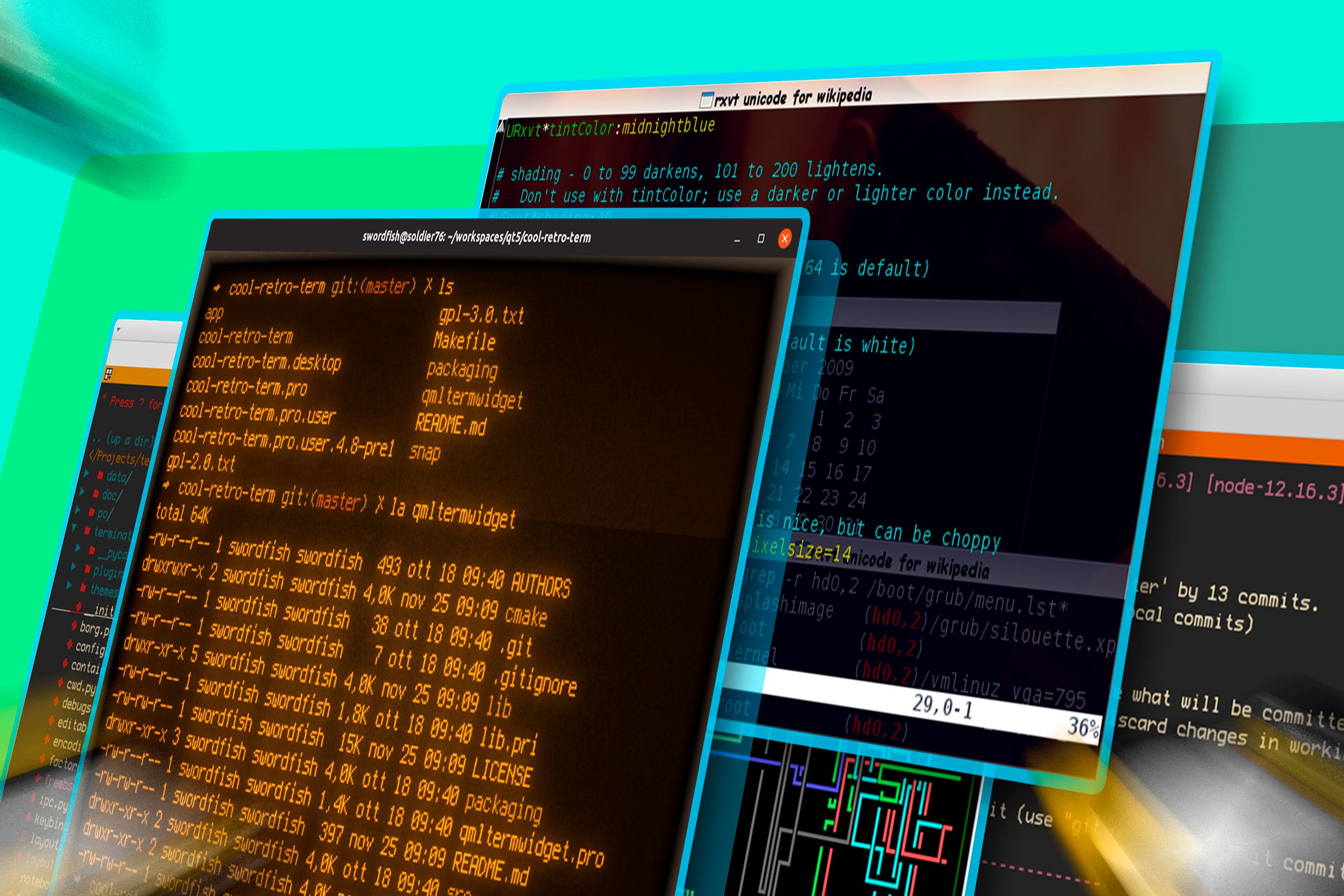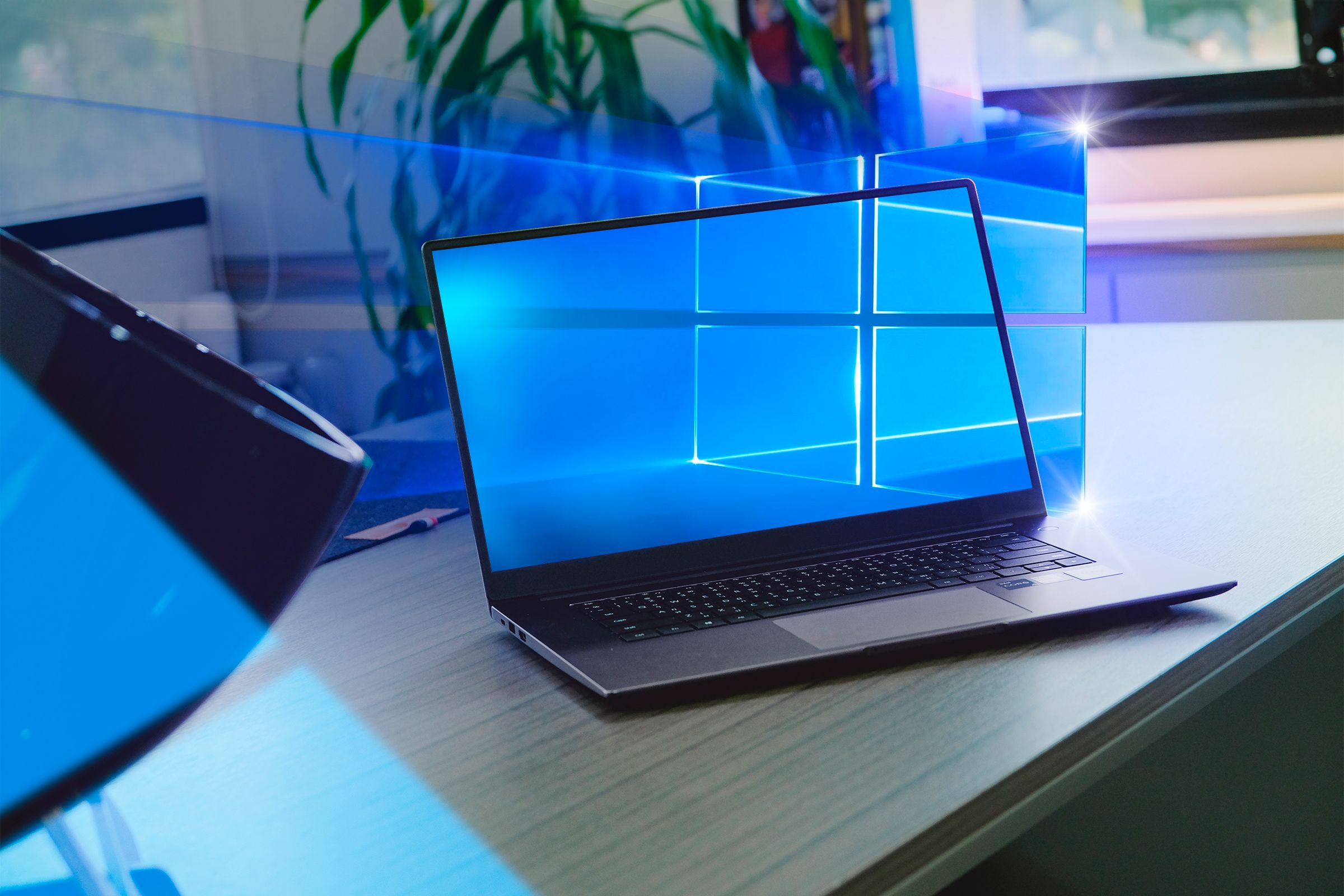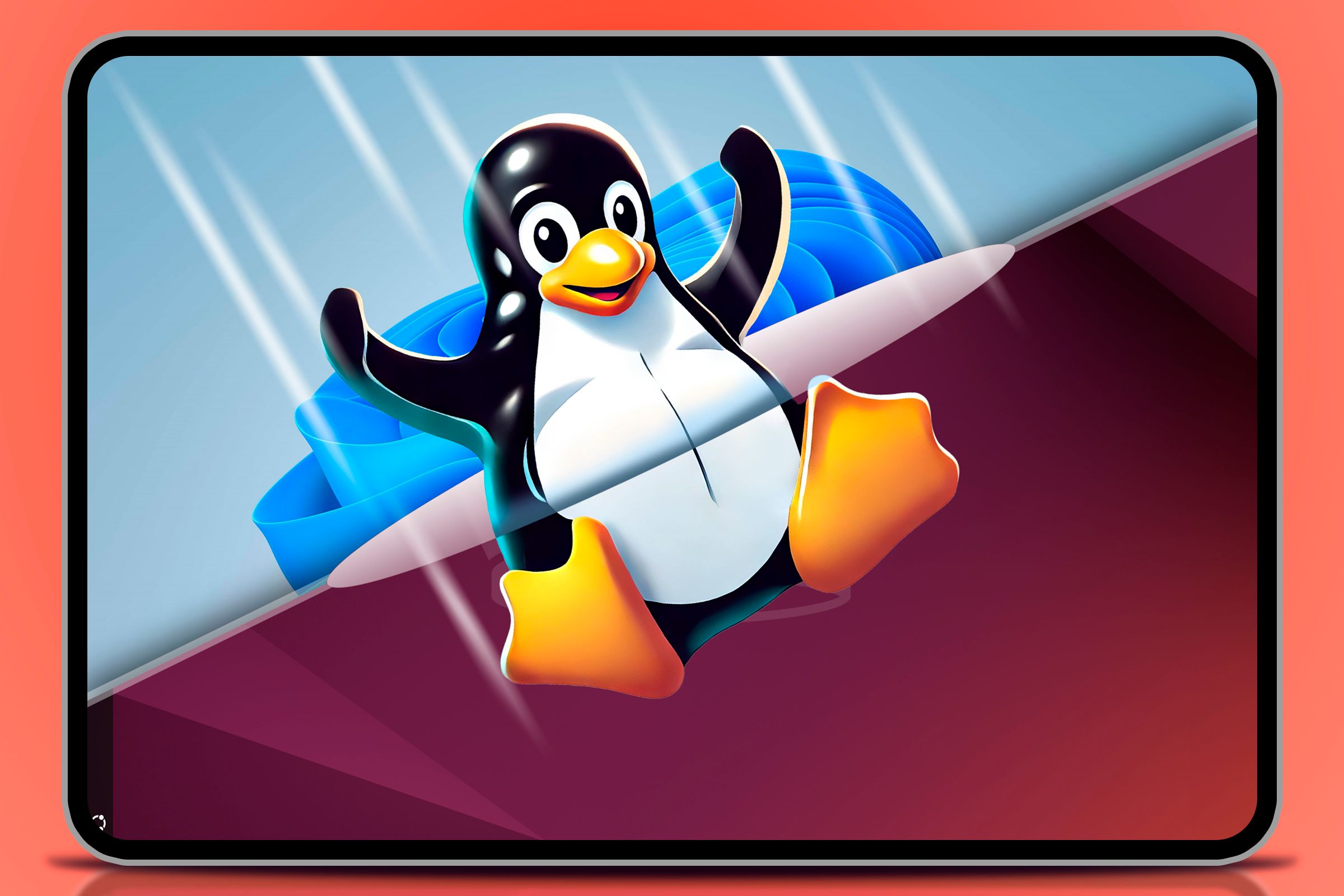I’ve spent a fair amount of time with Linux and Windows and concluded that I can’t live without either. So, I finally overcame the conflict of “which to use” and decided to keep both. Here’s why it was a great decision.
Both Have Their Merits and Limits
Comparing operating systems, neither Windows nor Linux can claim the title of “perfect.” Both have distinct strengths that make them ideal for specific use cases. However, they also come with limitations that prevent them from being one size fit for all solutions.
Windows offers unparalleled software availability, especially for mainstream commercial software applications such as Microsoft Office, Adobe Creative Suite, and many gaming titles. It’s well-known for its user-friendly interface, which requires little technical knowledge, making it a go-to choice for most people.
As for weaknesses, Windows can slow down over time due to software bloat, background processes, and piles of unnecessary files. That’s why it’s not a great choice for old or low-end hardware. As one of the most popular operating systems, it’s frequently targeted by malware and viruses, requiring regular updates and third-party antivirus software. Being a Microsoft product, you’ll have to agree to many terms that don’t respect your privacy. Then there’s also the cost of getting a Windows license.
Coming to Linux, it’s a modular, customizable, and more flexible system than Windows. You can fully customize the operating system from the looks to system behavior. Linux tends to be lighter and faster, often requiring fewer resources to function. It’s a great choice for old and low-spec devices. It also has the open-source advantage. They’re free to use. There’s also transparency in how your data is handled.
On the other hand, Linux distros have a steeper learning curve. Although they have improved in usability, you may still need a good understanding of system administration to make good use of them, making it a bit daunting for new users. While Linux has many alternatives for popular applications, some industry-standard applications, especially in design and productivity, are either unavailable or require complicated workarounds. Such reasons may drift many users away from Linux.
Why I Use Linux
My journey with Linux started when I wanted to learn web programming. The course I was following recommended setting up a programming environment on Linux. I’m glad that I followed that advice. When it comes to doing technical work and IT-related stuff, Linux has the edge.
Linux’s development environment is powerful and versatile, making it a top choice for coders. It comes pre-installed with many developer tools and packages, so you can get started right after installation. The Linux terminal is incredibly powerful and offers a vast number of command-line tools and utilities that enhance developer productivity. I use it mainly for Python projects, Bash scripts, and low-level programming. There are many Linux distros for development you can choose from.
For cybersecurity and ethical hacking, Linux has long been the preferred platform, and for good reasons. Distributions like Kali Linux and Parrot OS come packed with a wide array of tools for penetration testing, vulnerability scanning, and digital forensics. I use Kali Linux almost regularly for security work and playing CTFs (capture-the-flag games).
Linux excels in networking tasks. Its lightweight and efficient nature make it perfect for running on servers and handling networking services. Whether you want to configure network environments, manage servers, or simulate networks, Linux is great to work with.
Why I Use Windows
While Linux is my favorite for handling technical tasks, there are many reasons why I also have to rely on Windows for certain parts of my daily routine. In some contexts, Windows makes more sense, and it’s often necessary to maintain compatibility with others who use it.
The biggest reason I continue to use Windows is simple. It’s everywhere. From family and friends to university labs and work computers, Windows dominates the landscape. I’ve run into countless issues when collaborating with others who use Windows, whether it’s trying to work on a shared project or simply sharing a file that opens differently on Linux. In these situations, switching over to Windows removes the friction and makes sure I can stay compatible with everyone else.
Additionally, when someone wants to borrow my laptop, Windows provides a familiar interface that avoids confusion. For many people, Linux feels like an alien, whereas everyone is comfortable with Windows. This familiarity makes daily interactions smoother.
Another key reason I run Windows is software availability. Even now, so many industry-standard software are Windows-only. No matter how capable Linux is, it can’t run them all natively. While Linux has great alternatives and compatibility layers, like Wine, the experience is often clunky and unreliable.
Moreover, sometimes, I may need to download obscure or niche software and old games that run only on Windows. It’s far easier to install and use these programs on Windows, without fiddling with compatibility layers. Windows just works for this kind of software.
One Can’t Replace the Other
As a professional user, it quickly became clear to me that neither Windows nor Linux can fully replace the other for me. Each operating system has its unique strengths, essential for different scenarios. Despite my preference for Linux in technical work, I found many tasks where Windows was the better choice. Over time, I realized that using both operating systems is not just convenient, it’s necessary.
Interestingly, this situation is quite different for casual users. For someone whose usage is limited to browsing the web, sending emails, streaming content, and consuming basic media, both Linux and Windows are more than capable. In this context, neither OS is superior. A casual user can stick to either one and still be productive without facing the same compatibility issues that a professional user might face.
Ultimately, if you’re a professional in fields like IT, development, or system administration, you’re bound to face situations where one operating system simply won’t suffice. I faced this exact dilemma, which led me to embrace both.
Best Ways to Use Both Linux and Windows
Currently, I have two devices housing the two different operating systems. My old laptop is powered by Ubuntu 22.04 while the newer and more capable one is rocking Windows 11. If you have an extra device to spare, you can install the alternative operating system on that. This will give you the full experience of both operating systems without holding back.
I also run a few Linux virtual machines on my Windows device in case I need quick access to Linux and my other device is not with me. I’ve had a troubled history with dual-booting Linux and Windows, so I try to avoid that. There are many other ways you can use Linux without leaving Windows.
Rather than struggling to make one operating system fit every use case, I use both Linux and Windows for what they do best. This dual-OS approach allows me to take advantage of the strengths of both systems, ensuring I have the right tool for the right job. If you’re a Windows user looking to try out Linux, check these Windows-like Linux distros to get started.




